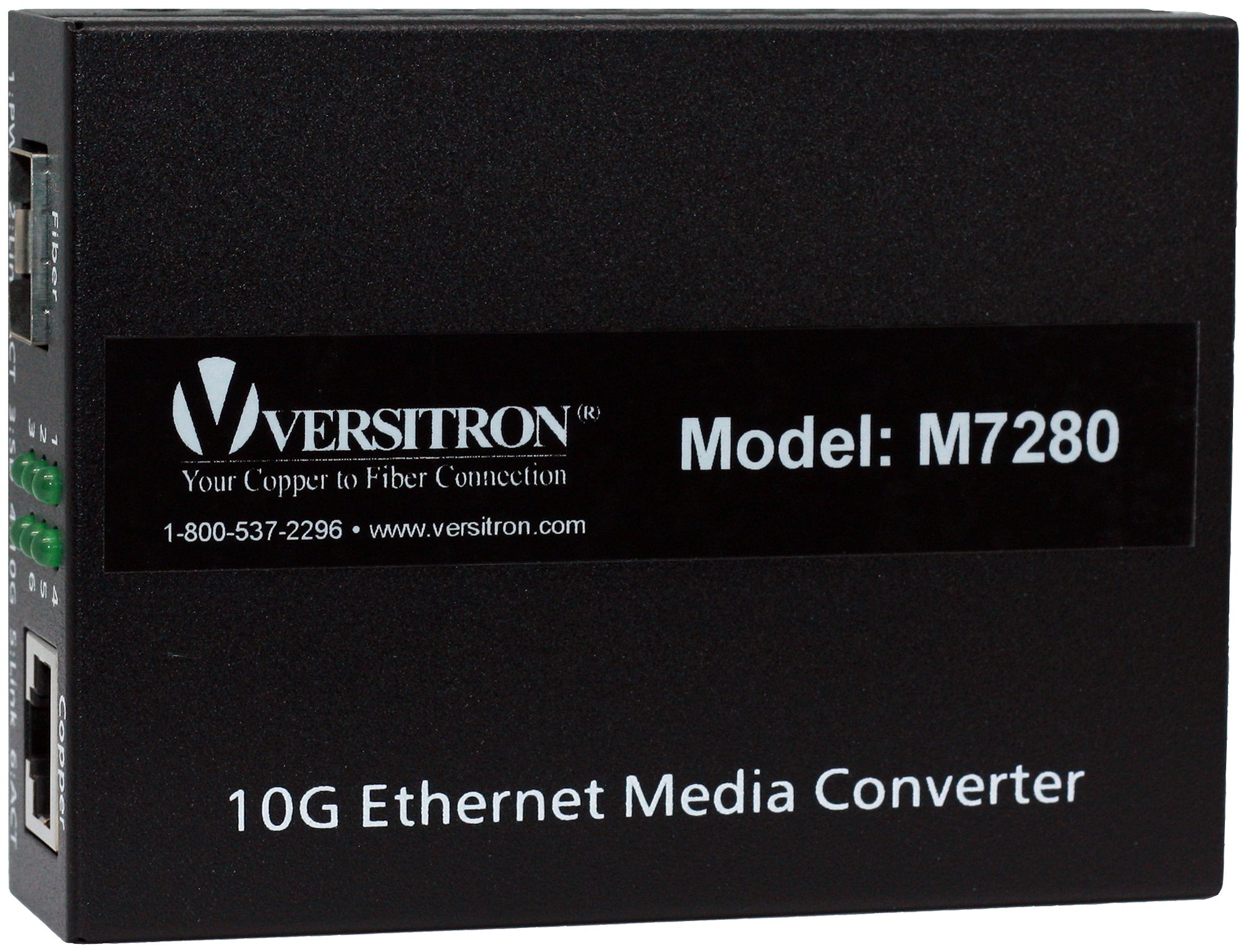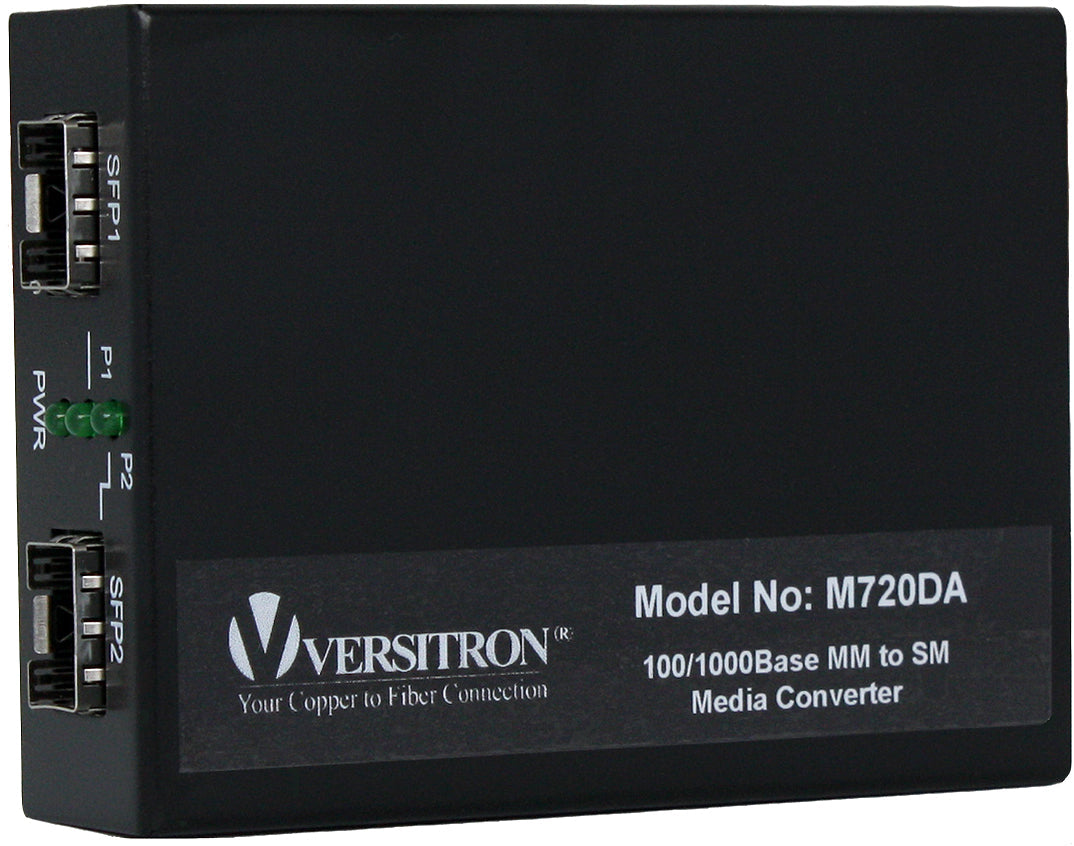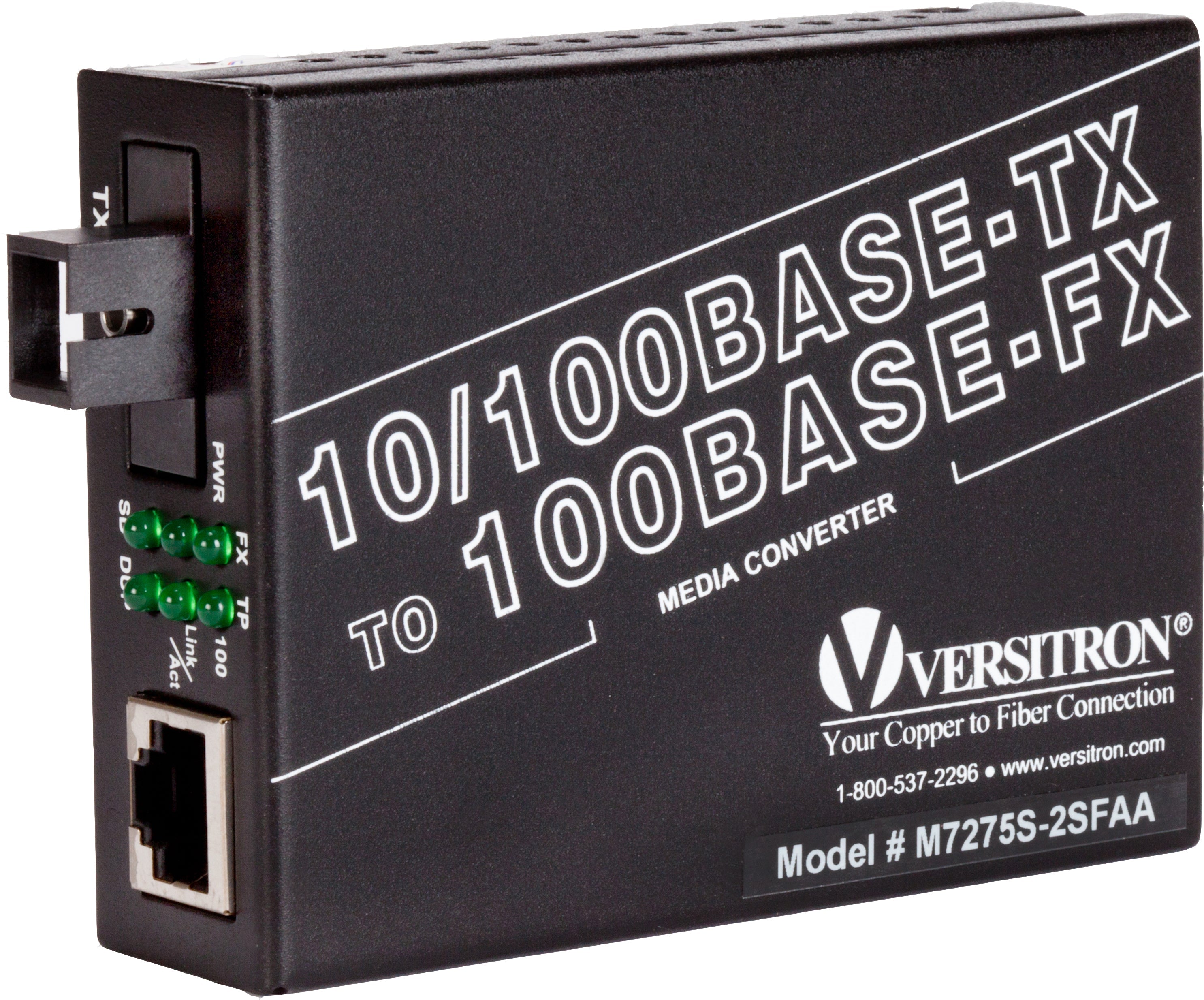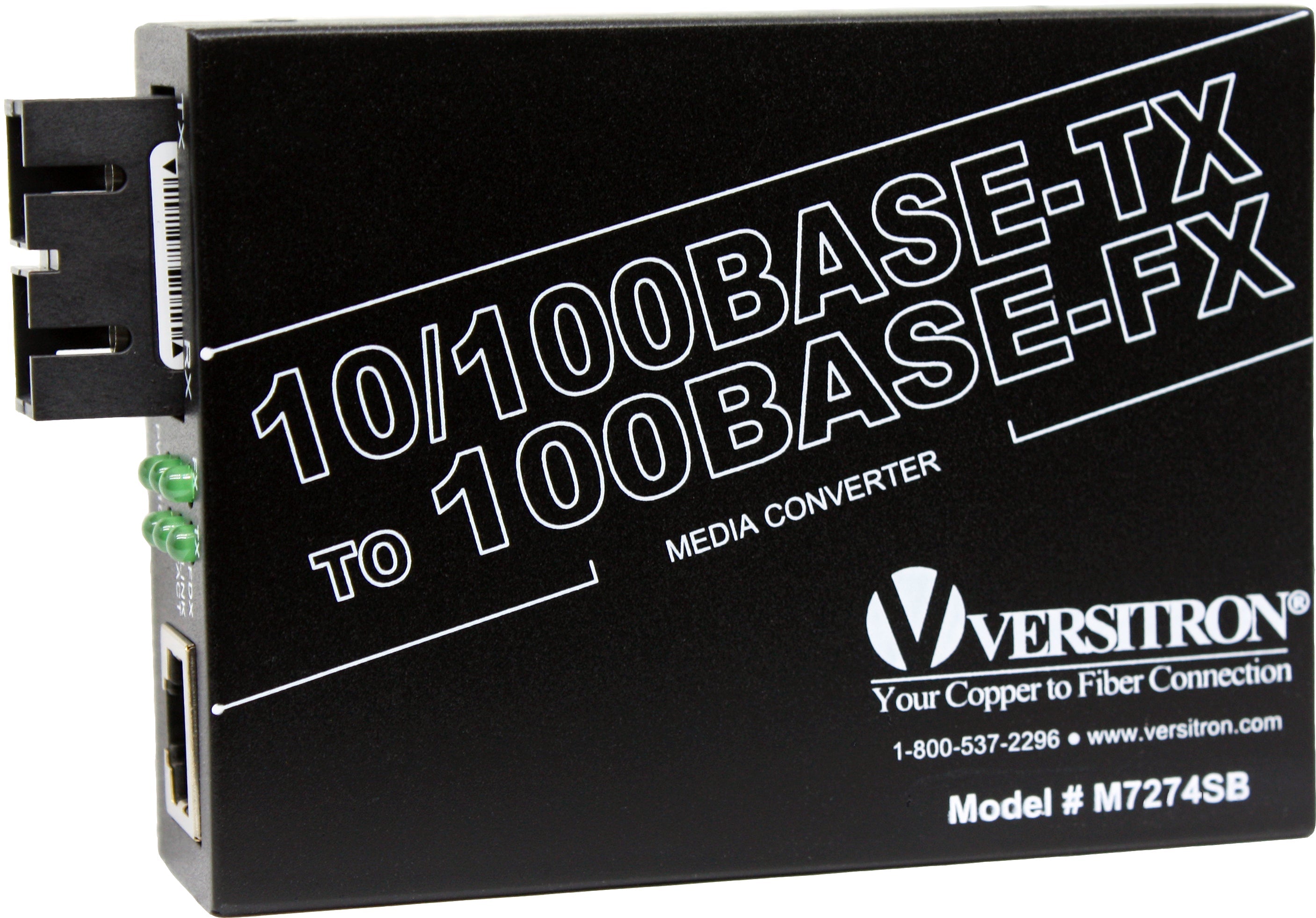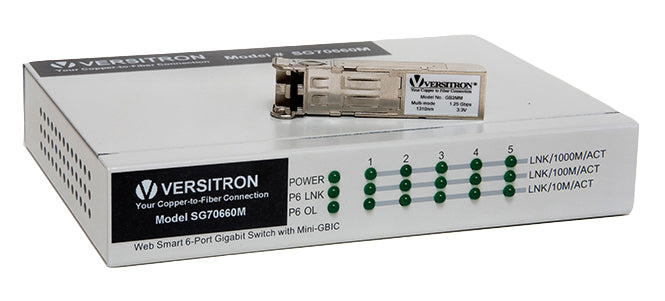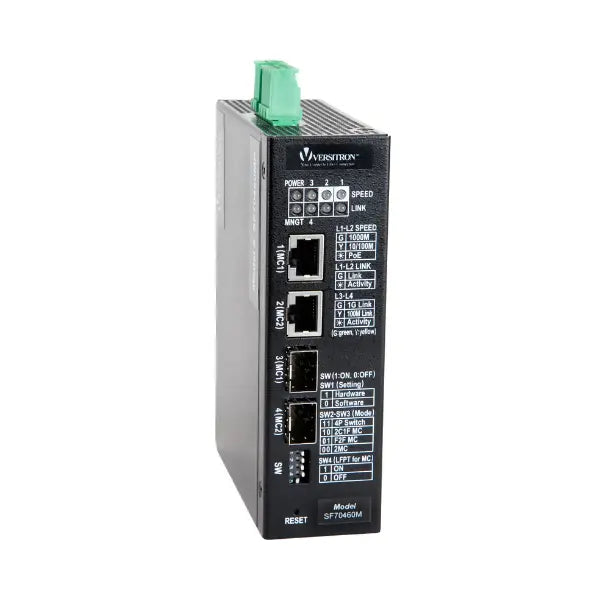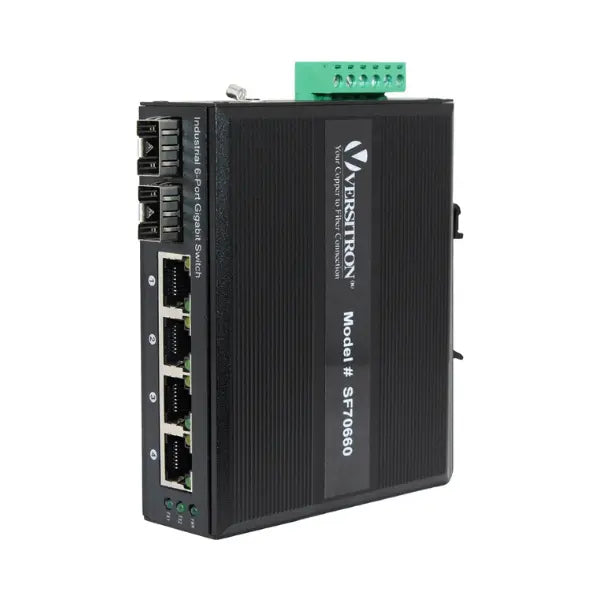Industrial automation uses various technologies and control systems in order to manage and operate industrial processes and machinery with nominal human intervention. It uses the computer software and hardware systems, sensors, and other advanced technologies to monitor and control industrial equipment and processes. Various industries such as manufacturing, transportation, energy etc. use Industrial Automation to improve efficiency, productivity, and safety. With the use various technologies industries can manage and optimize industrial processes, reduce downtime, and improve overall productivity.

What is Industrial Automation and Control system?
Industrial automation and control systems (IACS) are integrated systems used in industrial settings to automate and control various processes. They involve the use of hardware, software, and networked technologies to monitor, manage, and optimize industrial operations. IACS is designed to enhance efficiency, productivity, safety, and reliability in industries such as manufacturing, energy, oil and gas, transportation, and more. These systems consist of several components working together to automate and control processes:
- Sensors and Actuators: Sensors are devices that detect physical parameters such as temperature, pressure, flow rate, or position. Actuators, on the other hand, initiate actions based on control system commands, such as opening or closing valves or starting and stopping motors. They form the interface between the physical world and the control system.
- Programmable Logic Controllers (PLCs): PLCs are ruggedized, industrial computers that execute control logic based on inputs from sensors and user-defined programming. They monitor the status of various devices and equipment and execute commands to control processes accordingly. PLCs are widely used for automation and control in industries.
- Supervisory Control and Data Acquisition (SCADA) Systems: SCADA Systems provide a centralized interface for operators to monitor and control industrial processes. They collect real-time data from sensors and PLCs, display it visually, and allow operators to make decisions and issue commands. SCADA systems enable remote monitoring and control of processes across different locations.
- Distributed Control Systems (DCS): DCS is a more extensive form of control system used in large-scale industrial processes. It includes multiple controllers distributed throughout the plant, interconnected by a communication network. DCS allows for decentralized control and advanced coordination of various process units.
- Human Machine Interface (HMI): HMIs are graphical interfaces that allow operators to interact with the control system. They provide real-time data visualization, alarms, and control options in a user-friendly format. HMIs enable operators to monitor process parameters, control equipment, and respond to alarms or abnormalities.
- Communication Networks: Industrial networks facilitate communication between different components of the automation system, such as PLCs, sensors, HMIs, and other devices. These networks can be wired or wireless and use protocols like Ethernet, Modbus, Profibus, or Device Net. Reliable communication is crucial for exchanging data and commands between different parts of the system.
- Safety Systems: Safety is a vital aspect of industrial automation and control. Safety systems, such as emergency shutdown systems (ESD), fire and gas detection systems, and safety instrumented systems (SIS), are implemented to ensure the protection of personnel, equipment, and the environment.
What are the examples of Industrial Automation and Control Systems?
There are numerous examples of industrial automation and control systems used across various industries. Here are some common examples:
- Robotic Systems: Industrial robots are widely used for automation in manufacturing processes. They can perform tasks such as assembly, material handling, welding, painting, packaging, and more. These robots are programmed to execute precise and repetitive actions, improving efficiency and productivity.
- Automated Assembly Lines: Assembly lines in industries like automotive, electronics and consumer goods often incorporate automation to streamline the production process. They utilize conveyor systems, robotic arms, and automated testing equipment to perform tasks in a sequential and automated manner.
- SCADA Systems: Supervisory Control and Data Acquisition (SCADA) systems are extensively used to monitor and control industrial processes. They collect real-time data from sensors, instruments, and devices, providing operators with a centralized interface to monitor and manage processes. SCADA systems are employed in industries such as power generation, oil and gas, water treatment, and manufacturing.
- Process Control Systems: In industries like oil refineries, chemical plants, and power generation facilities, process control systems are utilized to monitor and regulate complex processes. These systems employ advanced control algorithms and utilize Distributed Control Systems (DCS) or Programmable Logic Controllers (PLCs) to ensure precise control and optimization of process variables.
- Industrial Internet of Things (IIoT): IIoT is the integration of sensors, devices, and network connectivity in industrial environments. It enables data collection, real-time monitoring, predictive maintenance, and optimization of processes. IIoT systems use cloud platforms and data analytics to extract insights and improve operational efficiency.
- Automated Material Handling Systems: Material handling systems, including conveyors, automated guided vehicles (AGVs), and robotic palletizers, are employed to automate the movement, sorting, and storage of materials within industrial facilities. These systems enhance efficiency, reduce manual labor, and minimize errors in material handling operations.
- Quality Control Systems: Industries implement automated quality control systems to ensure product quality and consistency. These systems use sensors, vision systems, and software algorithms to inspect products, identify defects, and sort or reject faulty items. Quality control systems are crucial in industries like automotive, electronics, pharmaceuticals, and food processing.
Which Industrial Machines are connected to servers for Automation?
Industrial machines that are connected to a server for automation are typically those that require a higher level of control or coordination or generate large amounts of data. Here are some examples of industrial machines that are commonly connected to servers for automation via networking cables:
- Programmable Logic Controllers (PLCs): These are specialized computers that are used to control and automate manufacturing processes. They are often connected to servers for programming, data collection, and remote monitoring.
- Robotics: Industrial robots are often connected to servers for programming and control. They may also generate large amounts of data that can be analysed to improve efficiency and quality.
- Assembly machines: These machines are used to put together components or products. Automated assembly machines can be designed to perform tasks such as inserting screws, pressing parts together, and testing for defects.
- CNC machines: Computer Numerical Control (CNC) machines are used to manufacture parts by cutting or shaping material such as metal or wood. They can be connected to servers for programming, data collection, and remote monitoring.
- Packaging machines: These machines are used to package products for shipment or sale. Automated packaging machines can be designed to handle tasks such as filling, sealing, and labelling.
- Material handling equipment: This includes machines such as conveyors, forklifts, and robots that are used to move materials around a factory or warehouse. Automating material handling can help increase efficiency and reduce labour costs.
- Inspection machines: These machines are used to check products for defects or quality issues. Automated inspection machines can use sensors, cameras, or other technologies to quickly and accurately detect problems.
- Automated storage and retrieval systems: These systems are used to move and store goods in a warehouse. They can be connected to servers for inventory management, order processing, and optimization of warehouse operations.
The Role of Fiber Optics in Industrial Automation Applications
In the realm of industrial automation, industrial fibre optics stand as a transformative force. This article examines how industrial fibre optics revolutionize industrial processes.
- Leveraging Fiber Optics for Industrial Automation Efficiency: Fiber optics excel in data transmission, offering rapid and secure communication, minimizing latency, and supporting high-density networks. This technology ensures reliable connectivity, immune to electromagnetic interference, over long distances, thus enhancing operations' efficiency.
- Seamless Integration with IoT: Fiber optics seamlessly integrate IoT devices, enabling real-time monitoring, control, and predictive maintenance. This synergy optimizes production and reduces downtime.
- Cost-Effective and Versatile Solution: Though the initial investment is higher, fiber optics prove cost-effective due to minimal maintenance, longer lifespan, and lower operational costs. Their versatility spans industries, contributing to sectors like automotive and pharmaceuticals.
Which Devices are required for Industrial Automation?
There are several devices that are required for industrial automation, depending on the specific application and industry. Here are some common devices used in industrial automation:
- Fieldbus Communication Protocols: These communication protocols allow devices such as sensors, actuators, and controllers to communicate with each other. Some examples of popular fieldbus protocols include DeviceNet, Profibus, and CAN.
- Industrial Firewalls: In order to protect the industrial network from cyber threats, such as malware and hacking attempts Industrial firewalls are used. These firewalls are designed to meet the unique requirements of industrial networks, such as support for legacy protocols and industrial-grade security features.
- Sensors and Actuators: Sensors are used to detect changes in the environment, such as temperature, pressure, or motion. Actuators, on the other hand, are used to control processes, such as opening or closing valves.
- Industrial Robots: These are automated machines designed to perform specific tasks, such as welding, painting, or assembly. They can be programmed to perform repetitive tasks with high precision and speed.
- Industrial Networking: This includes various communication protocols and devices used to connect and control the various components of an automation system. This can include Ethernet switches, Ethernet Media Converters, industrial wireless networks, and fieldbus protocols such as Modbus, Profibus etc.
How Fiber Optics are Promoting Industrial Automation
In the realm of industrial automation, the advancement of fiber optics has introduced groundbreaking elements like Fiber Optic Network Switches and Fiber Optic Media Converters. These technologies play a pivotal role in propelling the seamless integration and efficiency of automated processes.
Fiber Optic Network Switches serve as intelligent connectors, enabling swift and reliable data transmission among various components of industrial systems. They ensure real-time communication, minimal latency, and high-speed connectivity, vital for the success of automated operations. These switches create a robust network foundation, allowing sensors, controllers, and devices to interact seamlessly.
Complementing the network switches, Fiber Optic Media Converters bridge the gap between different types of fiber optic cables, ensuring compatibility and smooth data flow. They facilitate the integration of existing systems with newer fiber optic technologies, enhancing the adaptability and versatility of industrial automation setups.
What are the advantages of Industrial Automation:
- Increased Efficiency: Automation can carry out tasks much faster than humans, with greater accuracy, and consistency, resulting in increased production rates, reduced cycle times, and improved throughput.
- Cost Reduction: Industrial automation can reduce labor costs, as machines can work for longer hours without fatigue, and do not require breaks or rest. This can lead to significant savings in terms of salary, overtime, and benefits for the company.
- Improved Quality: Automation systems can significantly reduce errors and defects, resulting in higher-quality products that meet customer specifications.
- Improved Safety: Industrial automation can eliminate the need for workers to perform dangerous or repetitive tasks, which can help to reduce the risk of injury and accidents.
- Greater Flexibility: Automated systems can be programmed to perform a wide variety of tasks, enabling companies to quickly and easily adapt to changes in demand, product specifications, or other factors.
- Data Collection and Analysis: Automation systems can generate a wealth of data that can be analyzed to identify trends, optimize processes, and improve decision-making.
- Enhanced Productivity: With automated systems, businesses can produce more products in less time, allowing them to increase their output and generate more revenue.
What are the two 2 types of Industrial Automation?
The two main types of industrial automation are:
- Fixed Automation: Fixed automation, also known as hard automation, is a type of automation where the equipment and processes are designed to perform a specific task or set of tasks with little or no variation. The machinery and control systems are dedicated to a particular production process and are not easily reprogrammable or adaptable to different tasks. Fixed automation is typically used for high-volume production of standardized products, where the processes are repetitive and consistent.
- Examples of fixed automation: Examples of fixed automation include assembly lines in automotive manufacturing, where robots and specialized machinery are designed and programmed to perform specific tasks at each station. Once set up, the automation system repeats the same operations continuously without significant changes.
- Flexible Automation: Flexible automation, also referred to as soft automation, is a type of automation that allows for adaptability and customization of production processes. It is designed to handle a variety of products or process variations by using programmable systems and control technologies. Flexible automation systems can be reprogrammed or reconfigured to accommodate different products, production volumes, or process changes. In flexible automation, machines, and control systems are designed to be versatile and capable of performing multiple tasks or processes. This type of automation is well-suited for industries that require frequent product changes, customization, or small-batch production.
- Examples of flexible automation: Examples of flexible automation include robotic cells or workstations that can be reprogrammed to perform different assembly tasks or CNC (Computer Numerical Control) machines that can be reconfigured to produce different parts by changing the program or tooling.
What are Communication Protocols in Industrial Automation?
In industrial automation, communication protocols are sets of rules and standards that define how devices, equipment, and systems communicate with each other within an automation environment. These protocols enable the exchange of data, commands, and information between different components of the automation system, such as sensors, actuators, controllers, and supervisory systems. Communication protocols ensure compatibility, reliability, and interoperability among devices from different manufacturers and facilitate seamless integration of various components in the automation network. Communication protocols in industrial automation serve several purposes, including:
- Data Exchange: Protocols define the format, structure, and rules for transmitting data between devices. They specify how data is packaged, encoded, and decoded, ensuring that devices can understand and interpret the information correctly. Device Identification and Addressing: Protocols establish mechanisms for uniquely identifying devices and assigning addresses to them. This enables devices to be identified within the network, allowing for targeted communication and control.
- Data Integrity and Error Detection: Protocols incorporate error detection and correction mechanisms to ensure data integrity during transmission. Checksums, parity bits, and cyclic redundancy checks (CRC) are common techniques used to detect and correct transmission errors.
- Timing and Synchronization: Some protocols include mechanisms for synchronization and timing coordination between devices. This is particularly important in applications where precise timing and coordination are required, such as motion control or distributed control systems.
- Security and Access Control: Certain protocols include security features to protect the communication and data exchanged between devices. These features may include encryption, authentication, and access control mechanisms to ensure the integrity and confidentiality of the communication.
- Network Management and Diagnostics: Some protocols provide functionalities for network management, device discovery, diagnostics, and fault detection. These features allow for monitoring the health and performance of the network, identifying issues, and troubleshooting problems.
Why control System is Important in Industrial Automation?
Control systems play a crucial role in industrial automation for several reasons:
- Process Efficiency and Optimization: Control systems enable precise and accurate control of industrial processes, ensuring optimal performance and efficiency. By continuously monitoring and adjusting process variables, control systems can minimize waste, reduce energy consumption, optimize production rates, and improve overall process efficiency.
- Quality Control and Consistency: Control systems help maintain consistent product quality by regulating process variables within defined tolerances. By implementing feedback loops and control algorithms, control systems can detect and correct deviations in real-time, ensuring that products meet desired specifications and reducing the likelihood of defects or inconsistencies.
- Safety and Risk Mitigation: Control systems enhance safety in industrial environments by providing automated monitoring and control of potentially hazardous processes. They can detect abnormal conditions, trigger alarms, and initiate emergency shutdown procedures to prevent accidents or mitigate risks. Control systems can also enforce safety interlocks, ensuring that equipment operates within safe operating limits.
- Increased Productivity and Throughput: Automation through control systems allows for faster and more efficient operation of industrial processes. By automating repetitive and time-consuming tasks, control systems can significantly increase productivity and throughput, enabling industries to produce more in less time.
- Flexibility and Adaptability: Control systems with programmable logic and configuration capabilities offer flexibility and adaptability to changing production requirements. They can be easily reprogrammed or reconfigured to accommodate different product variations, process changes, or production scheduling needs. This flexibility allows industries to respond quickly to market demands and improve their competitiveness.
- Data Acquisition and Analysis: Control systems collect and store real-time process data, which can be utilized for analysis, optimization, and decision-making. By leveraging data analytics and advanced control algorithms, industries can gain insights into process behaviour, identify trends, predict maintenance needs, and optimize process performance.
- Integration and Interoperability: Control systems provide a means for integrating diverse components within an automation environment, including sensors, actuators, motors, and other devices. They enable seamless communication and interoperability among these components, allowing for centralized control, monitoring, and coordination of industrial processes.
In conclusion, Industrial Automation and Control Systems are revolutionizing industries, enabling increased productivity, efficiency, and safety. Embracing these technologies empowers companies to optimize processes, make informed decisions, and adapt to the evolving industrial landscape. By leveraging IACS effectively, businesses can achieve sustainable growth, competitiveness, and operational excellence in the dynamic world of industrial automation.





